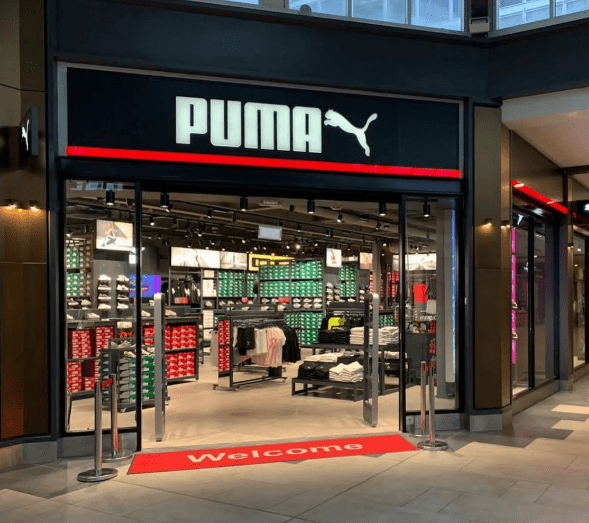This major move marks a significant milestone for Puma, which will shut its long-standing Carnaby Street outlet – a presence since 2002 – to focus on the new flagship location.
The company described the forthcoming store as an “immersive, interactive experience that blends sports performance and technology with cutting-edge streetwear designs.” Customers can expect an “unparalleled experience” with a variety of personalised services and unique shopping encounters.
Boost for Oxford Street’s revival
The announcement adds to the momentum building around Oxford Street’s revitalisation. Just weeks ago, it was confirmed that Ikea will officially open its London flagship store on 1 May, following a major refurbishment of the former Topshop building at 214 Oxford Street, which was acquired for £378 million in 2021.
Council leaders have pointed to the arrival of leading global brands like Puma and Ikea as key to restoring the street’s reputation as one of the world’s premier retail destinations.
In recent years, Oxford Street has suffered from increased crime, homelessness, and the proliferation of low-quality souvenir and candy shops, leading to a decline in footfall and the closure of several big-name stores, including Debenhams, House of Fraser, and Dorothy Perkins.
Notably, problems escalated in August 2023 when a flash-mob-style looting incident forced several retailers to lock customers inside for safety. However, confidence has been slowly returning, with HMV reopening its flagship store in November 2023 and Mango securing a second UK flagship location at 415-419 Oxford Street earlier this year.
Despite mixed opinions, Mayor Sadiq Khan is pushing forward with a proposal to pedestrianise a 0.7-mile stretch of the street as part of a wider regeneration strategy.
Puma’s global ambitions continue despite challenges
Puma’s new flagship forms part of its global brand elevation strategy, having already launched flagship stores in New York City in 2019 and Las Vegas in 2023.
Announcing the London opening, Puma CEO Arne Freundt stated: “After unveiling our flagship store in Las Vegas last year, we’re incredibly excited to announce that our first flagship store in Europe will open later this year. Our London flagship store is an important part of our brand elevation strategy. It brings the best of the Puma brand to life for our consumers and showcases our latest innovations and design newness as part of an immersive experience.”
He added: “We look forward to moving into our new home of the brand in one of the most vibrant global cities and to exciting our consumers.”
Lucynda Davies, Puma’s UK and Ireland managing director, echoed the enthusiasm: “We’re thrilled to announce our new flagship store in London, marking an exciting step forward for Puma in the UK. London is a key city for the brand, and this prestigious location on Oxford Street reflects our commitment to delivering a unique, consumer-led experience.”
She added: “While our Carnaby Street store has served us well since 2002, this flagship store will extend our product offering and bring Puma’s performance and sportstyle categories to life in a flagship store setting.”
Facing economic headwinds
Despite the optimism surrounding the new store, the company recently faced setbacks. In February, Puma issued a downbeat outlook, warning of sluggish consumer spending in the US. This followed disappointing quarterly and annual results, prompting a 23 per cent drop in share price.
To navigate the economic pressures, Puma announced plans to cut 500 jobs globally and close underperforming stores. CFO Markus Neubrand outlined a strategy to rein in costs, while CEO Freundt cited ongoing uncertainty among US consumers.
The brand, headquartered in Herzogenaurach, Germany, operates in over 120 countries, offering products across sports including football, running, basketball, and motorsport, and employs around 20,000 people worldwide.
Addressing concerns about US import tariffs, Puma revealed that around 10 per cent of its shoe imports into the United States are still manufactured in China – a significant reduction from 30 per cent – and highlighted efforts to shift production to other locations, including Indonesia.






